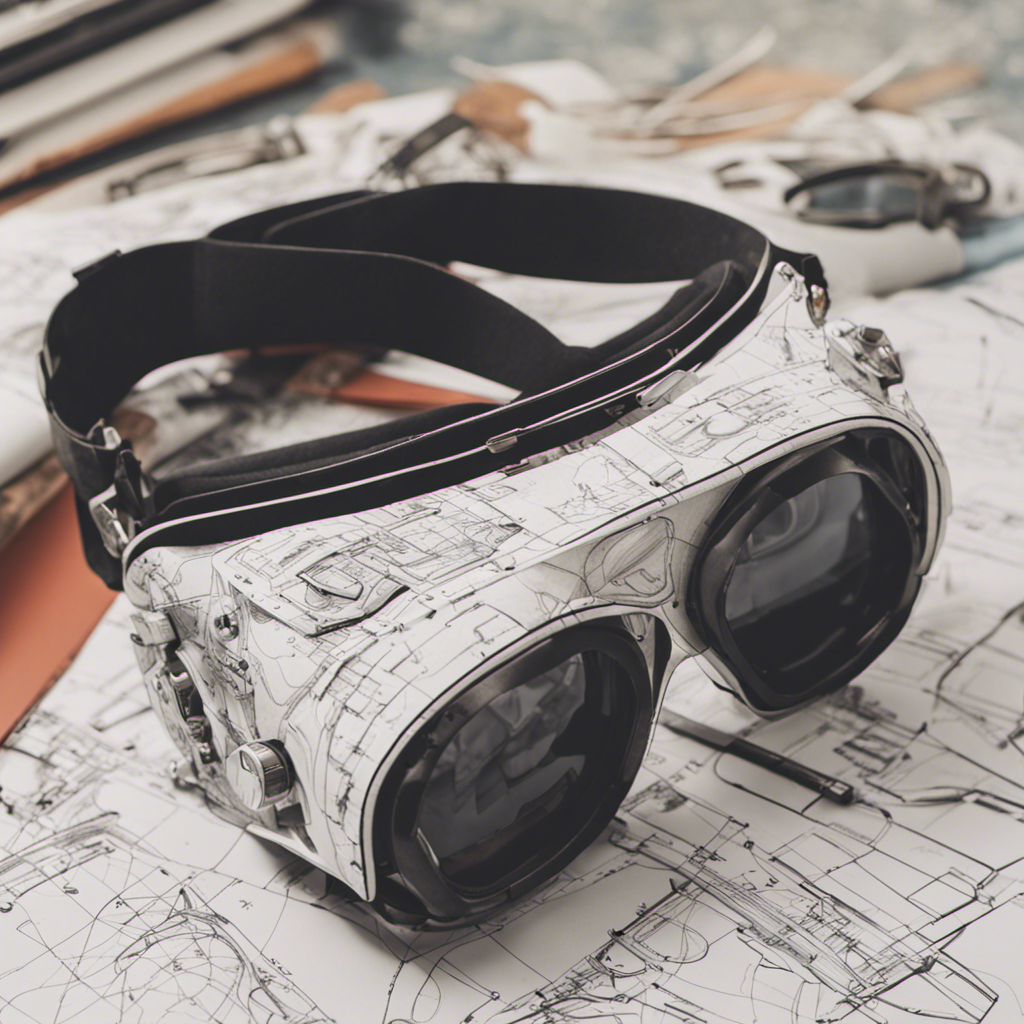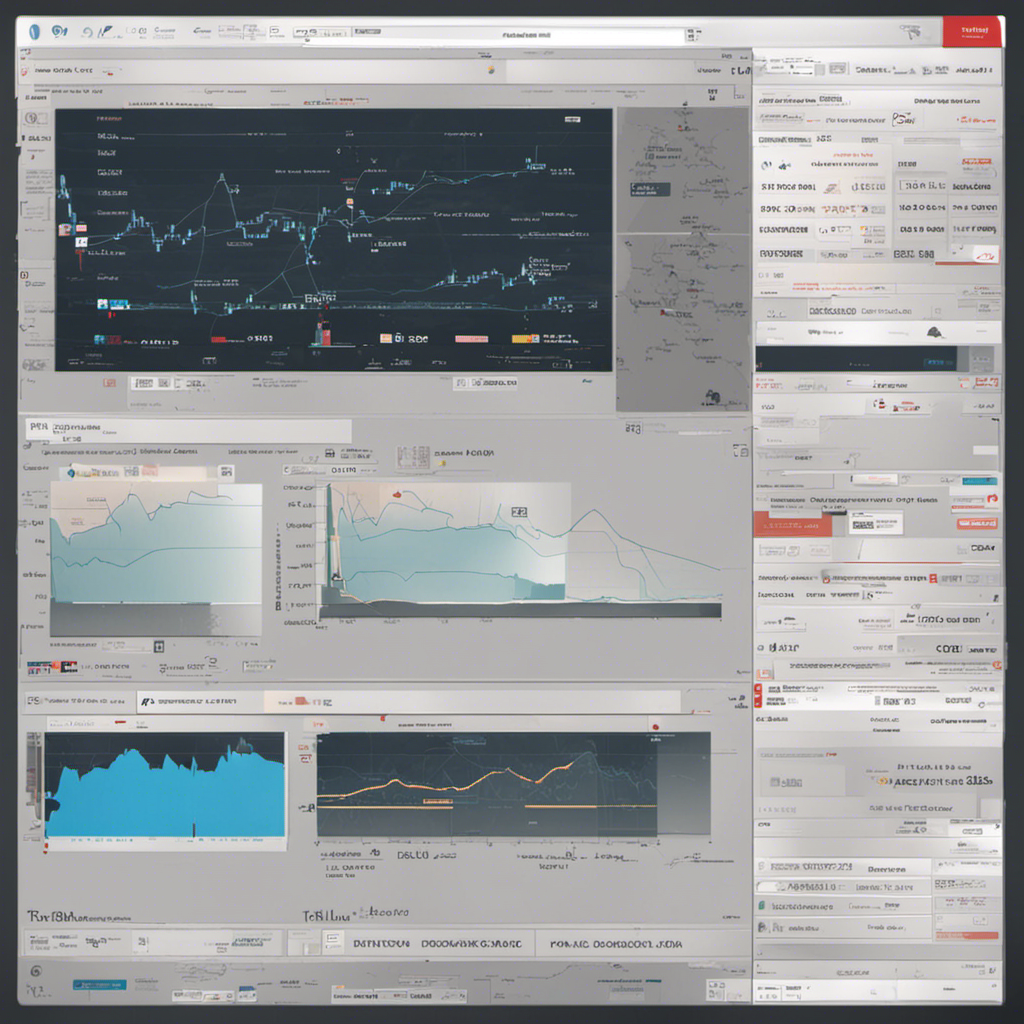
Emerging Technologies Transforming the Fashion Industry
As the fashion industry continues to evolve, emerging technologies are playing a pivotal role in transforming the way fashion is designed, produced, marketed, and consumed. From artificial intelligence (AI) to virtual reality (VR), these technologies are revolutionizing the traditional methods of creating and experiencing fashion. In this blog post, we will explore some of the key emerging technologies that are reshaping the fashion industry and discuss their potential impact on the future of fashion.
1. Artificial Intelligence (AI) in Fashion
Artificial intelligence has found its way into almost every industry, and fashion is no exception. From helping designers to predicting fashion trends, AI is revolutionizing the entire fashion ecosystem.
Virtual Fashion Assistants
Virtual fashion assistants powered by AI algorithms are becoming increasingly popular among consumers. These assistants leverage machine learning to analyze individual fashion preferences, browse online catalogs, and offer personalized styling suggestions. By understanding the unique tastes and preferences of consumers, virtual fashion assistants enable a more personalized and engaging shopping experience.
Design and Manufacturing
AI is also being used to streamline the design and manufacturing processes in the fashion industry. Designers can leverage AI-powered design tools to generate innovative designs, create virtual prototypes, and assess their feasibility before producing physical samples. This not only accelerates the design cycle but also reduces costs and waste associated with physical prototyping. Additionally, AI algorithms can optimize manufacturing processes, ensuring efficient production and reducing environmental impact.
Data-driven Trend Forecasting
Another area where AI is making a significant impact is trend forecasting. Fashion brands and retailers heavily rely on accurate trend forecasts to make informed decisions about product design, inventory management, and marketing strategies. AI algorithms analyze vast amounts of data from social media platforms, fashion magazines, runway shows, and sales data to identify patterns and predict emerging trends. This allows companies to stay ahead of the curve and offer products that align with consumer demands.
2. Augmented Reality (AR) and Virtual Reality (VR)
Augmented reality and virtual reality technologies are enhancing the way consumers interact with fashion, both in-store and online. By creating immersive, interactive, and personalized experiences, AR and VR have the potential to reshape the way customers engage with brands.
Virtual Try-On
One of the most significant applications of AR in fashion is virtual try-on. By overlaying digital garments onto a customer’s body using AR technology, customers can visualize how clothes will look and fit before making a purchase. Virtual try-on not only reduces the risk of purchasing ill-fitting clothes but also enhances the online shopping experience, increasing customer satisfaction and reducing returns.
Virtual Showrooms and Runway Shows
AR and VR technologies are also being used to create virtual showrooms and runway shows. Fashion brands can now showcase their collections using immersive virtual environments, enabling customers to virtually attend shows from the comfort of their homes. These technologies open up new possibilities for brands to reach a global audience and create memorable experiences that can be shared across social media platforms.
3. 3D Printing in Fashion
3D printing, also known as additive manufacturing, has gained traction in the fashion industry due to its ability to create complex and customized garments. This technology allows designers to create intricate designs that would be difficult to achieve using traditional manufacturing methods.
Customization and Personalization
3D printing enables high levels of customization and personalization in fashion. Designers can create unique pieces that perfectly fit an individual customer’s measurements and preferences, providing a truly bespoke experience. This technology also allows for on-demand production, reducing waste and inventory costs associated with traditional mass production models.
Sustainability
Sustainability is a growing concern in the fashion industry. 3D printing offers a more sustainable alternative by reducing material waste and the carbon footprint associated with traditional manufacturing processes. The ability to create garments using recycled materials further enhances the sustainability aspect of 3D printing in fashion.
4. Internet of Things (IoT) in Fashion
The Internet of Things is a network of connected devices that communicate with each other and gather data. By incorporating IoT technologies, fashion brands can offer enhanced customer experiences and gain valuable insights into consumer behavior.
Smart Fabrics and Wearables
IoT-enabled smart fabrics and wearables are revolutionizing the fashion industry by merging fashion with technology. From fitness trackers integrated into garments to temperature-regulating fabrics, these innovations offer functional and practical benefits to consumers. By seamlessly integrating technology into fashion, these smart wearables enhance the overall user experience.
Inventory Management and Supply Chain Optimization
IoT devices and sensors can be used to track inventory levels, monitor product demand, and streamline supply chain processes. By collecting real-time data, fashion brands can optimize inventory management, prevent stockouts, reduce excess inventory, and improve overall operational efficiency. This not only saves costs but also ensures that customers can find the products they want when they want them.
Conclusion
The fashion industry is embracing emerging technologies at a remarkable pace. From AI-powered virtual fashion assistants to 3D printing and IoT-enabled smart fabrics, these technologies are reshaping every aspect of the industry. As fashion becomes more personalized, immersive, and sustainable, consumers can look forward to a future where technology and fashion seamlessly coexist, providing unique and engaging experiences. Embracing these emerging technologies enables fashion brands to stay competitive and meet the evolving demands of the modern consumer.
References:
-
Elizabeth Segran. (2019). Technology Is Transforming Fashion. Here Are Five Things You Need To Know. https://www.fastcompany.com/90323579/technology-is-transforming-fashion-here-are-five-things-you-need-to-know.
-
Misha Kaura. (2020). How Virtual Reality Technology is Transforming The Fashion Industry. https://www.forbes.com/sites/mishakaura/2020/11/17/how-virtual-reality-technology-is-transforming-the-fashion-industry/?sh=6ec603195420.
-
Angela Smallwood. (2021). The Future Of Fashion: How 3D Printing Is Paving The Way. https://www.forbes.com/sites/angelasmallwood/2021/05/19/the-future-of-fashion-how-3d-printing-is-paving-the-way/?sh=2879437f2e8c.
-
Gaurav Mohindra. (2020). Artificial Intelligence (AI) in the Fashion Industry. https://gauravmohindra.com/artificial-intelligence-ai-in-the-fashion-industry/.
-
Vassilis Seferidis. (2020). The Use of IoT in the Fashion Industry. https://medium.com/iotforall/the-use-of-iot-in-the-fashion-industry-9db600454432.






